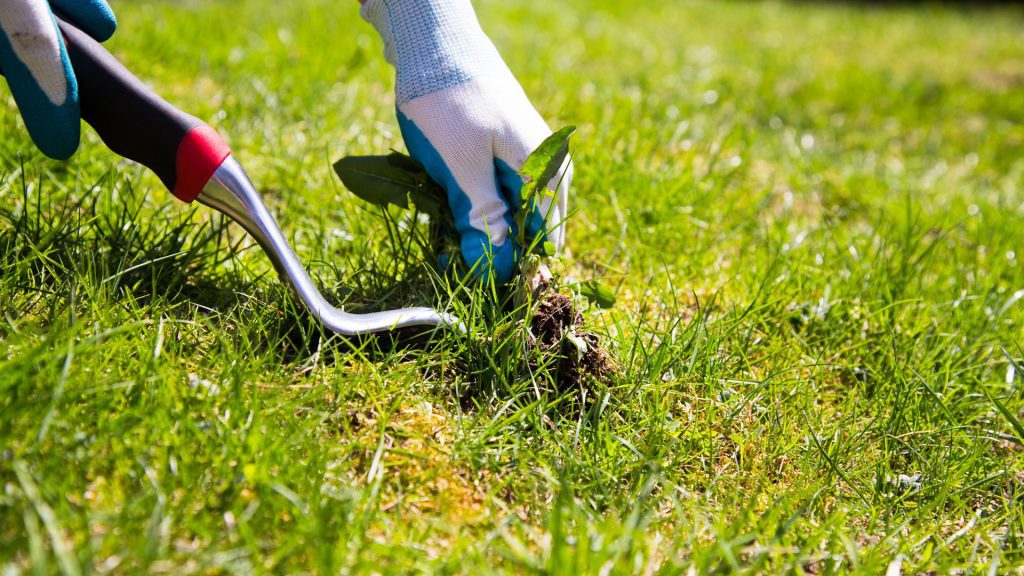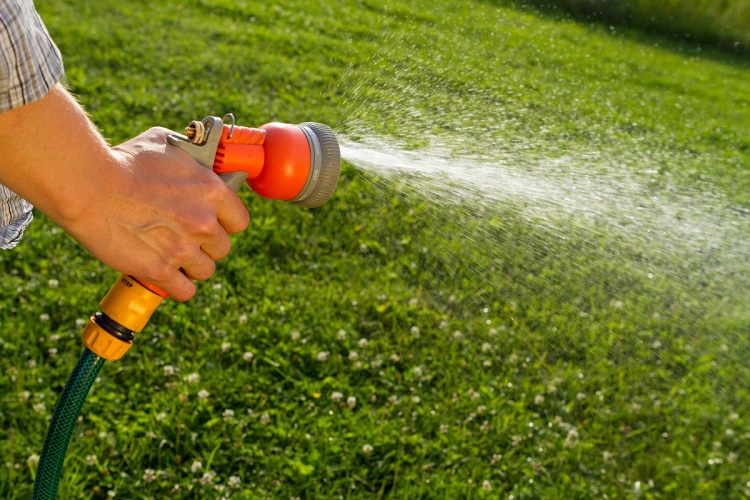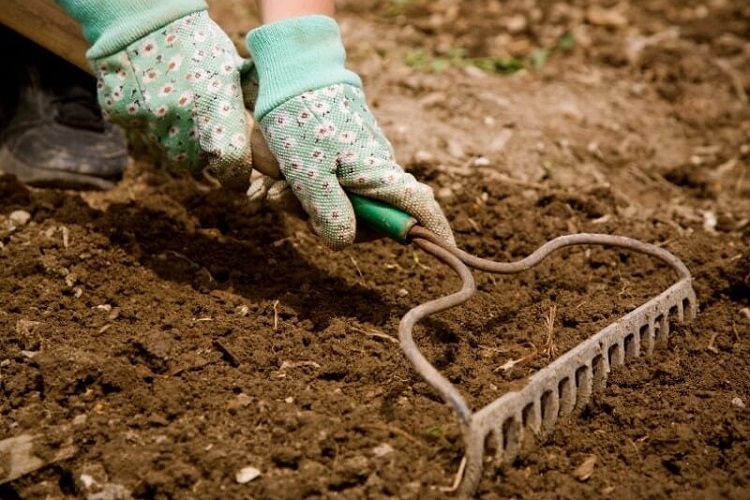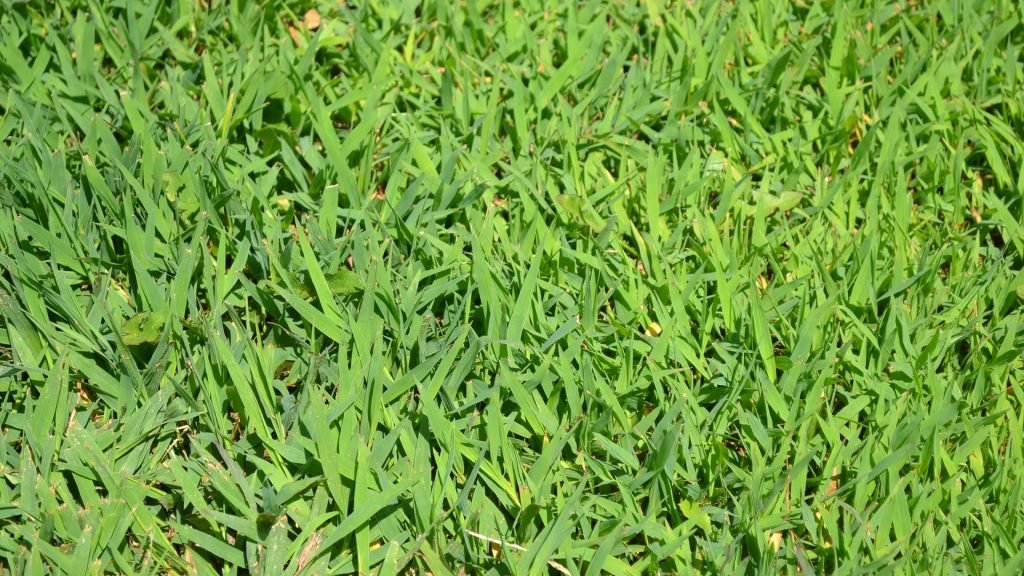
How To Get Rid Of Weeds On Your Grass Lawn
If you keep seeing weeds growing into your lawn, it can be disheartening. This is especially the case if you’re not sure why they keep appearing or you’ve tried to remove weeds but they keep growing back.
What’s causing weeds to grow into your lawn? The tricky thing with removing weeds from your lawn successfully is that you have to understand the different types of weeds and what conditions they require to grow. Different weeds will require different things in order to thrive.
With that in mind, here’s how to get rid of weeds in your grass, once and for all!
How To Get Rid Of Weeds In Grass

Understanding the type of weed that’s becoming a nuisance in your garden is important. There are two main types of weeds that grow in grass.
- Annual grassy weeds. These include grass types such as crabgrass and bluegrass. They produce seeds and die within a season, but can reappear the next year. This is why they can be such a nuisance. These seeds fall from the plant during the fall season and germinate in the spring when the temperature of the soil is between 55 and 60 degrees Fahrenheit. These weeds grow when the grass is overwatered, the mower blade you’re using on the grass is set too low, or the soil in your garden is compacted.
- Perennial grass weeds. These include Bermuda and dallisgrass weeds that thrive in lawns that are mowed too closely, get too much water, have compacted soil, or are exposed to a lot of sun. These types of weeds are dormant in the winter and then surface in the spring when they spread through the seeds and roots of your grass.
- Broadleaf weeds. Spurge, burclover, black medic, and knotweed are types of broadleaf weeds. These thrive in lawns that have low nitrogen fertility, are closely mowed, or suffer from compacted soil.
How To Remove Weeds From Your Lawn
If you’re battling a weed problem on your lawn, there are some important steps you can follow to eliminate them. Here are the methods to try.
Remove weeds by hand

This is ideal for small lawns where the amount of weeds you have isn’t too overwhelming. It also works well to remove broadleaf weeds. Make sure you pull the weeds when they are still young – in other words, before they seed and flower – so that you prevent them from thriving and spreading.
Note: it’s easiest to weed your lawn when the soil is moist. You can use a tool, like a dandelion digger, to remove the weed from its root. When the weed has been removed, reseed the bare spot in the ground. If you don’t, new weeds will take up that space.
Remove weeds with vinegar
You can use a natural ingredient to remove weeds from your lawn, such as vinegar. Just make sure you use white vinegar because it has a 3-5 percent content of acetic acid. You have to be careful so that its acidic content doesn’t harm the surrounding soil.
Here’s how to use vinegar to kill weeds:
- Pour vinegar and water into a spray bottle. Mix it well.
- Spray the solution onto the weeds, but try to avoid getting it onto the surrounding grass and soil. Cover up any plants.
- Only apply the vinegar solution to weeds when the weather is sunny and dry. This is important so that it will ensure the vinegar can dry quickly and not be washed away where it can end up on the soil.
- After a few hours, check the weeds. They should be yellow. You might want to spray the weeds again if they still look healthy. When the weeds look dead, pull it out.
Remove weeds with boiling water
This is another natural, simple method to remove weeds from your lawn. All you need is boiling water! When you’ve boiled water, pour it on the weed’s leaves and stems. Note that this method works particularly well when you want to remove large quantities of weeds.
The water can enter the grass, though, where it can kill some blades, so you might have to plant new seeds to replace them afterward.
Remove the weeds with flame

You can purchase gas-powered flamers that will kill weeds effectively. How they work is that they heat up the weed to the point where their cell walls burst and you just have to use them once on the weed to kill young annual weeds.
Although the weed won’t look burned, the flamer will kill it within just a few hours. Just be careful not to use a flamer in any flower beds where the mulch is flammable!
Use a herbicide
If other methods haven’t worked to remove weeds from your lawn, use a herbicide. Just make sure that you read the product instructions properly so that you don’t damage or kill your lawn or plants. You should buy a product that’s safe for the type of lawn you’re trying to grow.
There are two main types of herbicides that work effectively to remove weeds. These are:
Preemergence Herbicides
These kill the weeds’ germinating seeds before their seedlings can break through the soil. You can find natural herbicides that are made from corn gluten.
These are safer than chemicals found in regular herbicide products, but they will have to be applied a few times to properly eliminate the weeds. Note that preemergence herbicides can kill lawn seed that’s germinating, so you have to be careful.
Postemergence herbicides
These types of herbicides kill weeds that are already present and growing quickly. You can find postemergence herbicides that are contact or synthetic.
- Contact postemergence herbicides. These kill the area of the weed with which they make contact. They work fast and are ideal for removing annual weeds from your lawn.
- Synthetic herbicides. These move around the plant so that the entire weed is killed off. While they can be more effective at removing perennial weeds than contact herbicide products, you might have to reapply them to increase their effectiveness.
How Can You Prevent Weeds From Growing In Your Lawn

Preventing weeds from appearing in your lawn in the first place is important to prevent bigger problems later. Such preventative measures include the following.
- Mow your lawn every three to five days during its growth period. This will ensure that you can keep its height around 2 ½ and 3 inches. This prevents it from getting too low, which can cause weeds to grow.
- Leave the clippings on your grass after you’ve mowed your lawn. This is important because these clippings fertilize the grass.
- Water your lawn when its top two inches have dried out. Alternatively, stick to watering your grass approximately two or three times per week. Infrequent but deep watering prevents too much water from entering the grass, which can lead to weed growth.
- Make sure you fertilize your lawn twice a year. This will keep your lawn strong and healthy, which makes it less likely to be affected by weeds. You should fertilize your lawn early in the spring when the grass is getting ready to grow or in fall when the lawn is becoming dormant.
How To Kill Weeds In Soil

It’s useful to attack weeds when they haven’t yet sprouted, as this will make it much easier to control and prevent their growth in your lawn. Here are some of the most effective methods to kill weeds in soil.
Solarization
This is one of the best methods of killing weed seeds. Since the seeds start to die when the temperature of the soil goes above 108 degrees Fahrenheit, the use of heat can completely kill them, especially when the surface temperature of the soil is 140 degrees or higher.
This method requires the use of clear plastic tarps that trap heat at the surface of the soil. Doing this ensures that weeds inside the covered area will begin to die.
- Start by clearing away any vegetation, such as with the use of a hoe.
- Till the soil. This will break weed root systems that could be left behind.
- Water the tilled soil with a garden hose so that it’s damp.
- Then, place the clear tarp over the area of the garden. To keep it in place, put something heavy at the edges.
- Leave this tarp in place for two months.
Tilling The Soil
Sometimes just tilling the soil is enough to get rid of the seeds of weeds. It forces the seeds to sprout, so that you can then kill them with a weed killer, whether natural or chemical in nature.
- During the spring, till the soil in the area of your garden where you want the dormant weed seeds to reach the surface.
- Water the area for about one or two weeks, with the use of a soaker hose or sprinkler.
- When you can see weeds are beginning to sprout in the soil, apply a weed killer.
Bark Mulch
Did you know that bark mulch is an effective killer of weed seeds? It prevents the seeds from taking up sunlight and air, so they cannot sprout. As a bonus, bark mulch also draws more beetles and crickets to the area of the garden, both of which also feed on the weed seeds.
To use this method, all you have to do is put three or four inches of bark mulch on your soil.
Can You Ever Get Rid Of Weeds Permanently?

As you know if you’ve ever dealt with weeds in your garden, they can be quite difficult to remove.
While you can remove them, such as with the methods we’ve outlined in this article, permanently removing them is quite difficult – but not impossible. You have to target and kill the weed’s roots in order to be rid of it permanently.
If you’re dealing with a large number of weeds in your garden, you can cover the area with a wet newspaper or sheet of cardboard to smother the weeds.
This will prevent the weeds from receiving light and sunlight, which will kill them. You will, however, still need to dig up the weeds’ roots, otherwise, you won’t eliminate them permanently.
By looking after your lawn in the best way, such as by following the tips we outlined earlier in our article and ensuring that you don’t have a patchy lawn so that weeds can’t grow in those empty spaces, you will keep weeds away for good!
Related Questions
Can you use landscape fabric to reduce weed growth?

This fabric can be used to create a barrier to the soil, but it will allow water, nutrients, and oxygen through to your plants so that they can grow. It is an effective way to help your plants to grow while removing weeds.
Can you put removed weeds in your compost?
This should be avoided because the weed seeds will remain in the compost and sprout when the compost is spread in your garden.
Conclusion
It’s frustrating to see weeds taking hold in your garden and competing with the grass of your lawn for nutrients, so you want to find the most effective ways to remove them. Before you reach for strong chemicals to get the job done, make sure you try out some natural ingredients.
In this article, we’ve provided you with information about some natural and chemical solutions that will eliminate weeds from your lawn so your grass can grow healthier.
Resources:

